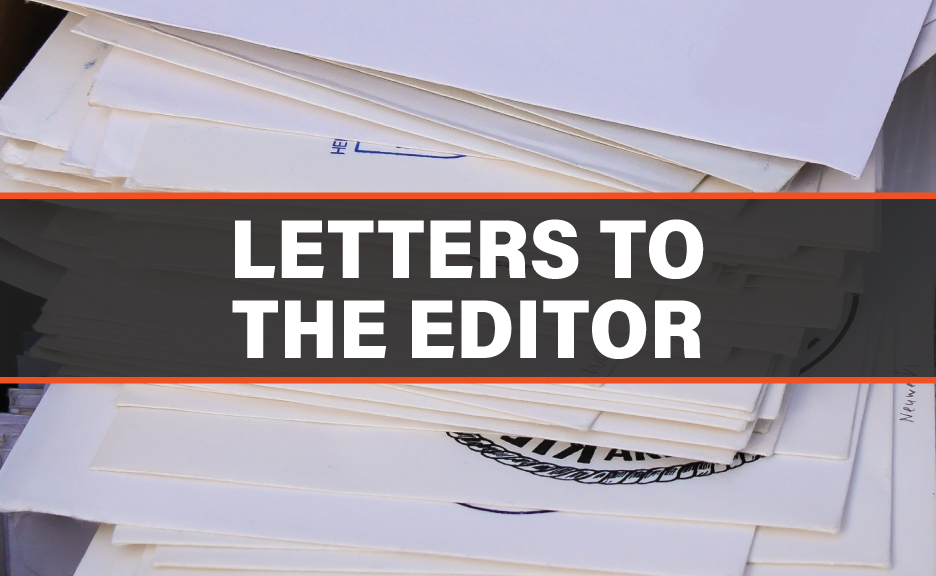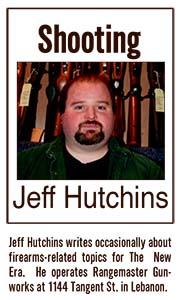In my August column I discussed how one incident, the “Miami Shootout,” led to “solutions” to the 9 mm’s perceived inability to pack enough punch to dependably serve the law enforcement community.
I noted that Winchester’s 147-grain jacketed hollow-point load became standard issue for many police departments.
Last month I diverted my focus for our special annual Hunting Guide, but now it’s time to pick up where I left off.
I will say right here that if I were a uniformed police officer, I would not want to carry a 9 mm pistol.
My first choice would be a .40 caliber or a .357 magnum revolver, in that order. The reason is that many times police officers have to shoot into a vehicle.
The attributes that make the 9mm such a good defense round (with the right ammo) hurts it in this arena. Light fragile/frangible bullets do not reliably penetrate auto bodies or glass (especially the laminated safety glass of windshields).
In fact, all of the best performing loads in every self defense-oriented handgun caliber except for the .357 are ineffective against cars.
The increased velocity and mass of cartridges like the .357 and .40 make them better candidates for an all-around duty load than the lighter bullet 9 mm or low-velocity .45.
For these reasons, law enforcement must make difficult choices when choosing their duty ammo. It must expand on a soft target, penetrate somewhat acceptably on a hard target, yet not over penetrate a soft target and wound or kill an innocent bystander.
It’s tricky, but the American ammunition manufacturers have made leaps and bounds in this area.
In fact, Winchester even has a 9 mm load that is sold only to law enforcement and law enforcement distributors that does all of these things pretty darned well. It is in their Ranger line and is a bonded core 127-grain bullet loaded to +P+ levels. That +P+ moniker is what makes it a law enforcement-only load: It is loaded hot and accelerates the wear in guns firing it; therefore, it will never be a standard-production/availability load for civilians, although it is perfectly legal to possess.
I’m sure many reading this article are thinking I’m off my rocker, comparing the 9 mm to the .40, .45 and .357 but let’s take a look at some facts. The hottest +P 9 mm loads produce around 425 foot-pounds of energy.
The .40 Smith and Wesson does about 525 and the .45 ACP (Automatic Colt Pistol) does around 525 as well in its +P versions. The .357 Smith and Wesson Magnum milks around 550 out of a 4-inch barrel.
The average 9 mm holds 16 cartridges for 6,800 foot-pounds. The average .40 holds 12 shots for a total of 6,300 foot pounds.
The revered 1911 .45 pistol holds nine rounds with modern magazines for an energy score of 4,725. And the poor old .357 only holds six, so it brings up the rear with 3,300 foot-pounds of energy.
The thing to always keep in mind is that the bullet does all of the work and, next to the placement of that bullet by the shooter, wise, informed ammunition selection is everything!
I can make a .380 out-perform a .45 by making an excellent choice in ammunition for the little guy and a poor choice for the big bore.
The above examples are apples-to-apples comparisons; there was no advantage given to a “favorite” cartridge, as I like them all, but the 9 mm has an undeserved poor rating in many people’s eyes that is entirely incorrect.
Let us look at a few things the 9 mm does better than everything else: It is the cheapest center-fire pistol to shoot, which will equal more practice, which will result in more proficiency. It is a world-wide standard so it is literally available everywhere and has been around for 115 years.
It has twice the power and half the recoil of the shorter .380 due to its locked-breach operation compared to the blow-back operation of most .380 pistols.
The low-recoil makes it an excellent choice for small pistols and people of small stature or limited strength. With every state offering legal concealed carry to its law-abiding citizens, small pistols are extremely popular and the 9 mm makes a ton of sense in this platform.
The sheer efficiency of the 9 mm is endearing and amazing. It’s relatively small but powerful, al-most the equal of its big brothers in raw energy and twice as much as the longer .38 Smith and Wesson Special.
It is half of the weight of the .45, yet has 81 percent of its power and half of its recoil. In a fully loaded pistol of similar size and weight, it carries almost twice as much power as the .45 as well. I’ve gone on entirely too long to go into great depth on this subject but two veteran police officers have written what many consider the definitive book on handgun stopping power – in fact, that is the title.
Co-authors Ed Sanow and Evan Marshall have scientifically examined thousands of actual gunfights/shootouts. They use only cases where real people were in real fights for their lives and then only use cases where someone was shot once in the chest and only in the chest. If that person basically immediately stopped fighting, that specific load in that specific caliber gets a “pass;” if not, it gets a “fail.”
I can think of no better way to judge a particular load’s effec-tiveness at its job and all of us that take our personal protection seri-ously and, whether police or legally armed civilian, owe them a debt of gratitude as they put forth their efforts equally for both groups.
In their exhaustive studies, the best 9 mm loads are 91-92 percent “stoppers” (115-grain Cor-Bon +P); the .45 is 94 percent (185-grain Cor-Bon +P and 230-grain Federal Hydra-Shok); the .40 is 96 percent (135-grain Cor-Bon); and the .357 sits at the top at 97 percent (any full-power 125-grain JHP load, I prefer Remington in Standard ammo and Cor-Bon for its flash reducing gun powder), the king of all handgun calibers at ending gunfights.
The 9 mm might have more going for it than any handgun caliber extant and it has to fight constantly against its detractors. The funny thing is that this is the case only in the USA; everywhere else in the world it is considered more than acceptable with nowhere near the selection of quality ammo that we have in this country.
There is no controversy, whatsoever. I think we Americans have too many choices and are spoiled…
Ain’t it great?





